
What Is The Domain And Range Of Y E X Socratic
Find the Domain and Range y=e^x y = ex y = e x The domain of the expression is all real numbers except where the expression is undefined In this case, there is no real number that makes the expression undefined Interval Notation (−∞,∞) ( ∞, ∞) Set Builder Notation {xx ∈ R} { x x ∈ ℝ } The range is the set of allY = (x1)*e^x Take y' using the product rule and we get y' = (x1)*e^x e^x (1) take y''using the product rule and we get y'' = (x1)*e^x e^x e^x Now y'' (0) = (01)e^0 e^0 e^0 = 1 1 1 = 1 This is answer choice (D)
Y=e^x-1
Y=e^x-1-Sampling Covariance of Regression Weights We can define a population in which a regression equation describes the relations between Y and some predictors, eg, Y' JP = a b 1 MC b 2 C, Where Y is job performance, a and b are population parameters, MC is mechanical comprehension test scores, and C is conscientiousness test scoresIf y = e a s i n − 1 x then prove that (1 − x 2) y 2 − x y 1 − a 2 y = 0, where y 1 and y 2 are first and second order derivatives of y respectively Medium Open in App
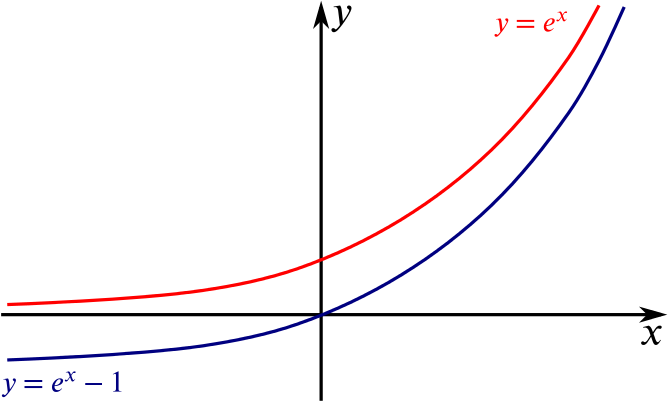
Solution Can We Sketch And Describe These Composite Functions Combining Functions Underground Mathematics
E(XY) = E(X) E(Y) (for rvs X and Y ex) E(X) = 40 Method 1 Use formula √E((Xμ)2) x P(X=x) xμ (xμ)2 19 04 06 036 5 03 134 27 02 86 7396 39 01 6 E(X) = 184 (ie μ) E((xμ)2) = σ = √ = Calculating (example continued)It crosses the yaxis at y = 1, and then decays at slower and slower rates The Natural Log The natural log is the logarithm whose base is e The two functions, the natural log and the exponential e, are inverses of each other In other words, saying y = Lnx is the same as e^y = x Look at the plot of y = LnxShow activity on this post I am looking for conditional expectation E X X > Y for independent X, Y ∼ N ( 0, 1) I just showed that P ( X ≤ a X > Y) = Φ ( a) 2, where Φ ( a) is CDF for Normal ( 0, 1), but I don't know how to compute integral in order to obtain expected value normaldistribution expectedvalue conditionalexpectation
Stepbystep solutions for differential equations separable equations, Bernoulli equations, general firstorder equations, EulerCauchy equations, higherorder equations, firstorder linear equations, firstorder substitutions, secondorder constantcoefficient linear equations, firstorder exact equations, Chinitype equations, reduction of order, general secondorderGet an answer for '`y = e^(x), y = 1, x = 2` Find the volume of the solid obtained by rotating the region bounded by the given curves about the specified line Sketch the region, the solid, and aTransforms) x (integral in continuous case) Lecture outline • Stick example stick of length!
Y=e^x-1のギャラリー
各画像をクリックすると、ダウンロードまたは拡大表示できます
 |  | |
 | ||
「Y=e^x-1」の画像ギャラリー、詳細は各画像をクリックしてください。
 |  | 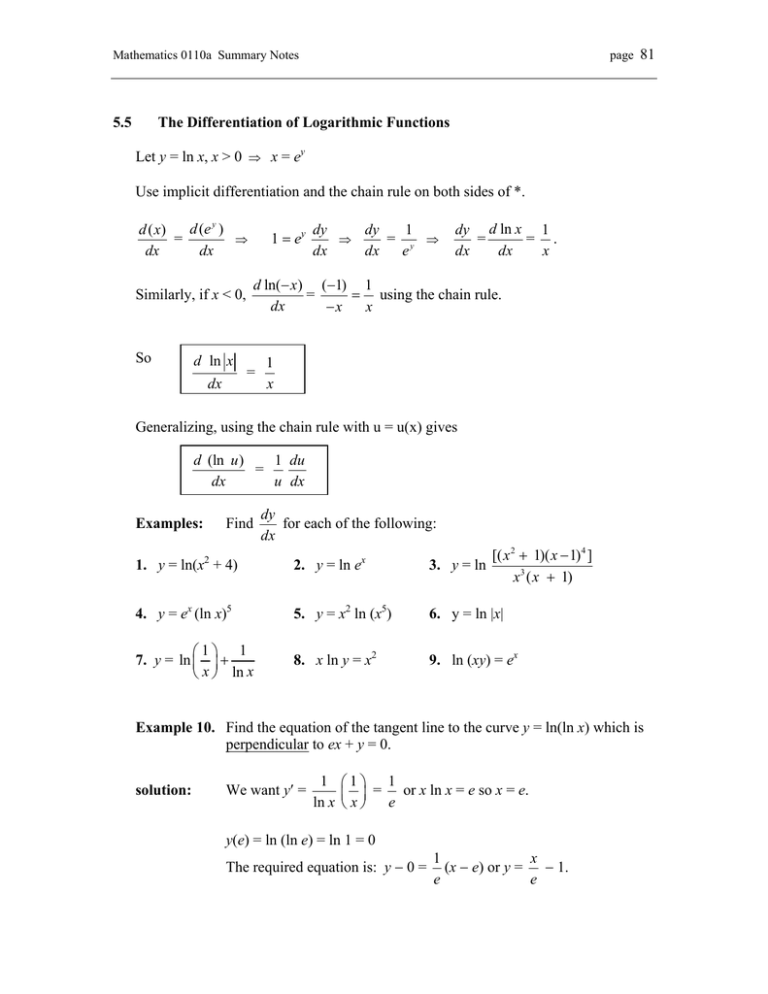 |
 | 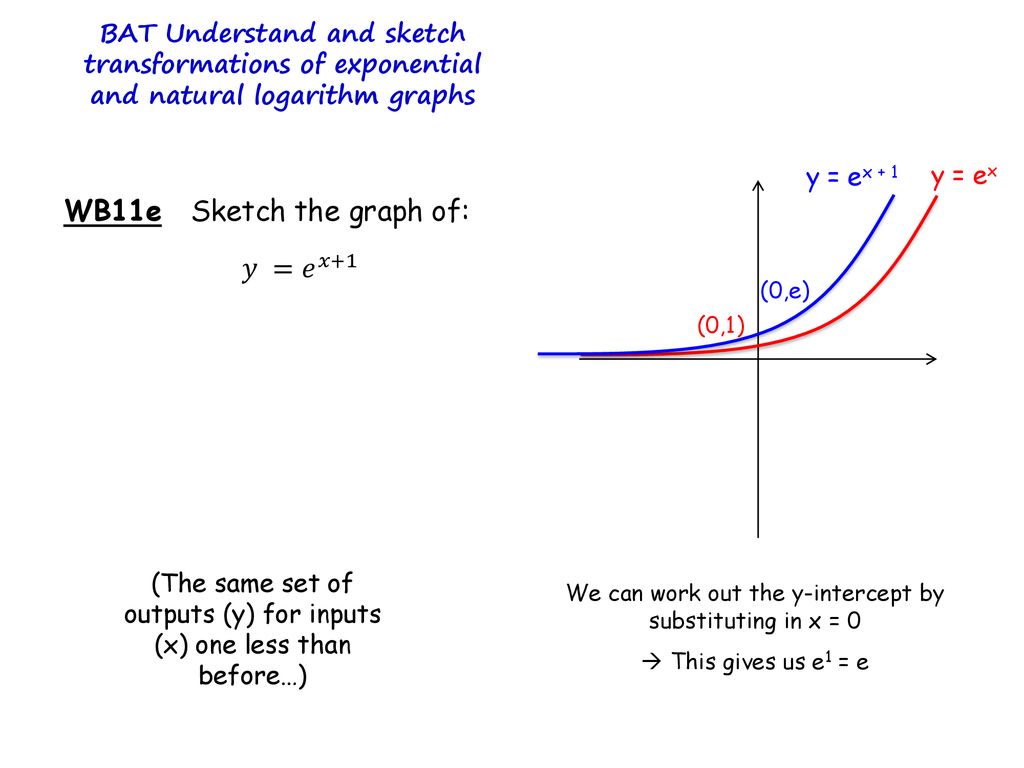 | |
 | 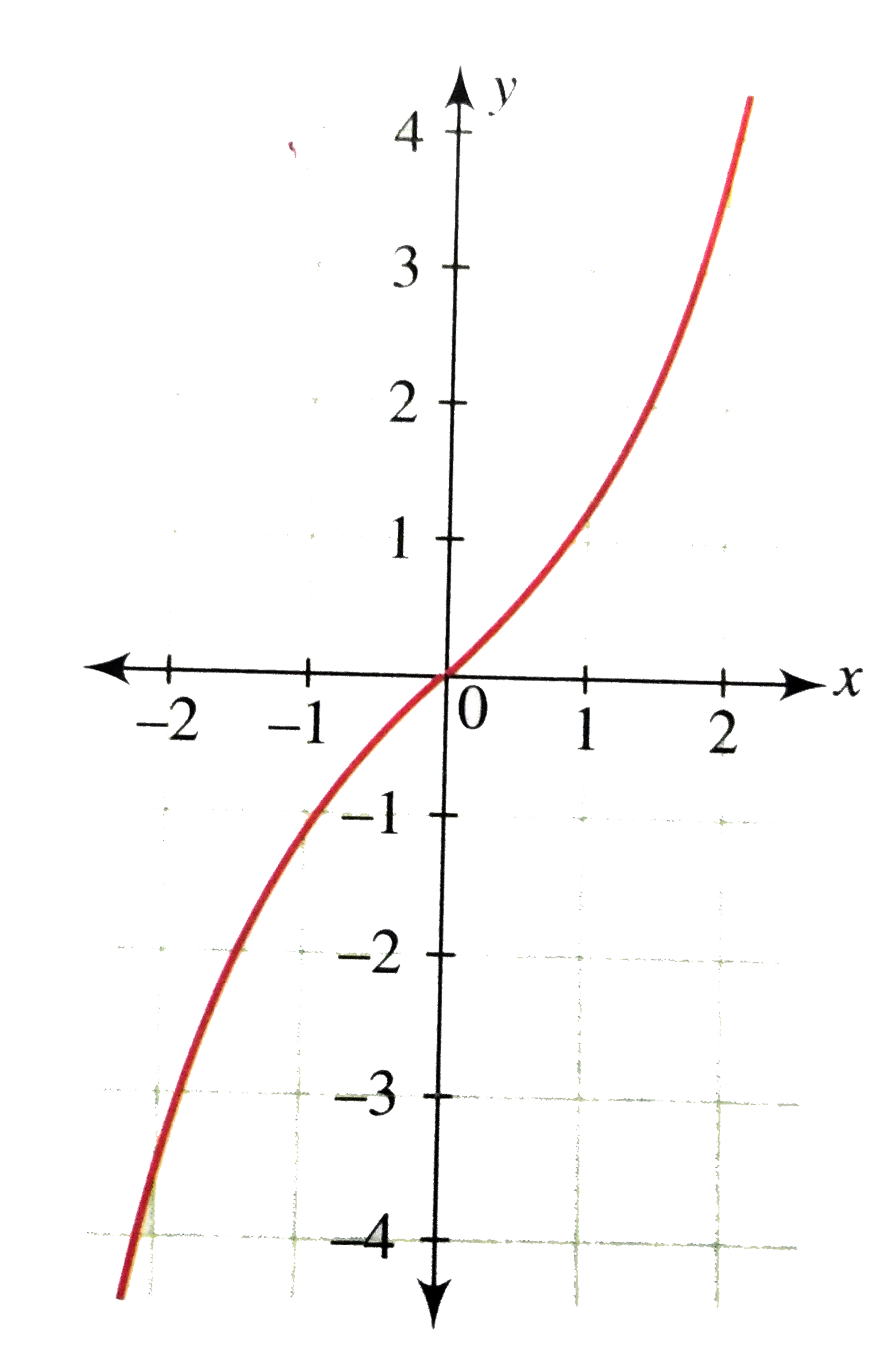 | |
「Y=e^x-1」の画像ギャラリー、詳細は各画像をクリックしてください。
 |  | |
 |  | |
 |  |  |
「Y=e^x-1」の画像ギャラリー、詳細は各画像をクリックしてください。
 |  | |
 |  | 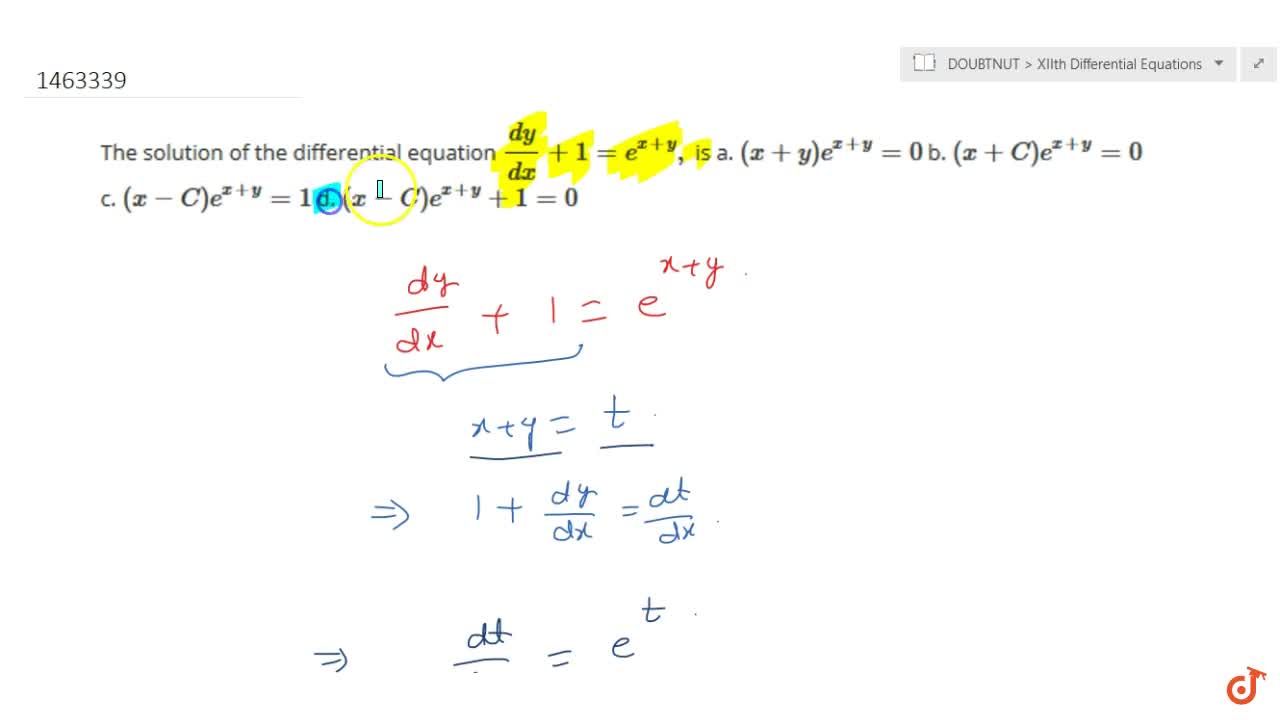 |
「Y=e^x-1」の画像ギャラリー、詳細は各画像をクリックしてください。
 |  | |
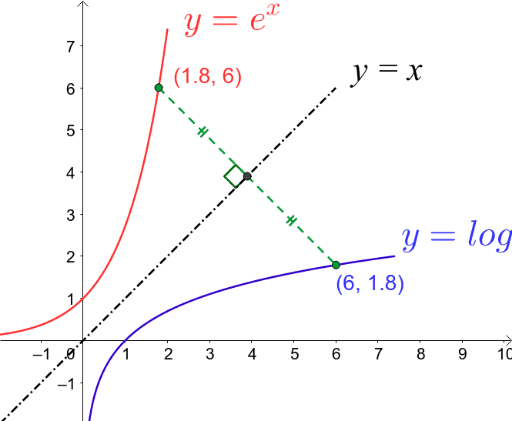 |  | |
 | 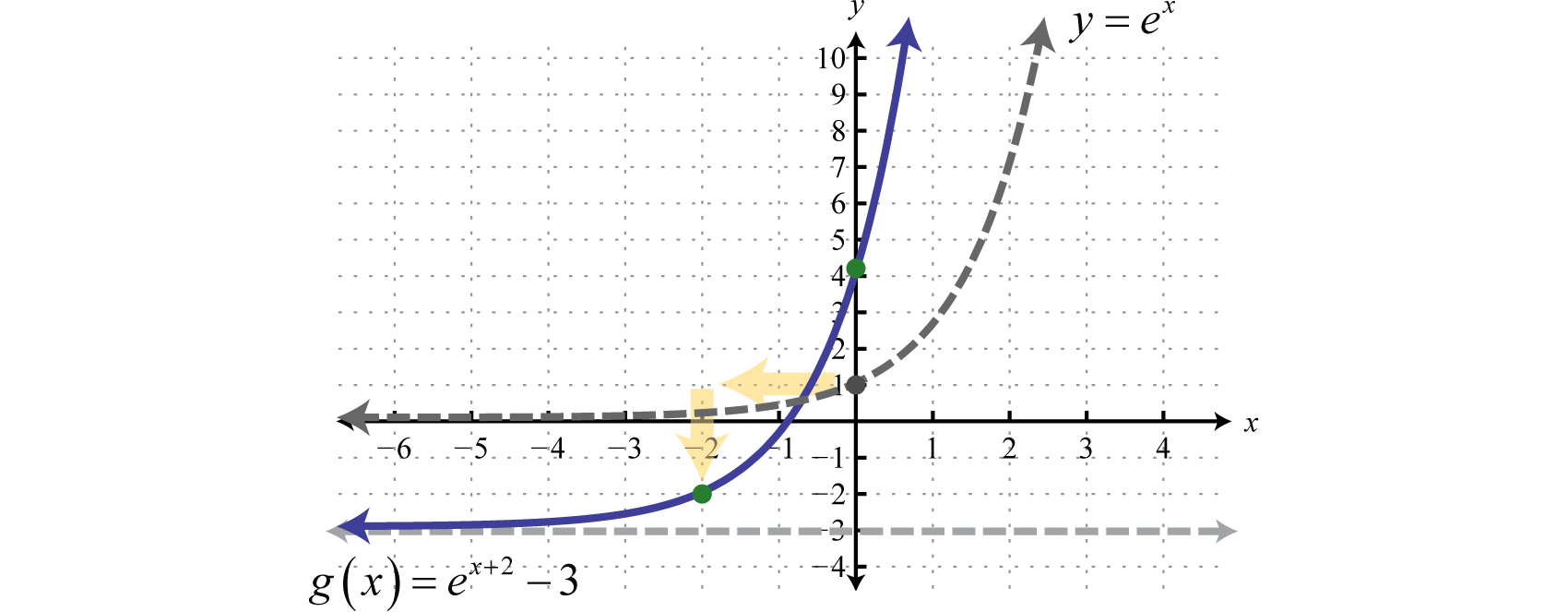 |  |
「Y=e^x-1」の画像ギャラリー、詳細は各画像をクリックしてください。
 | 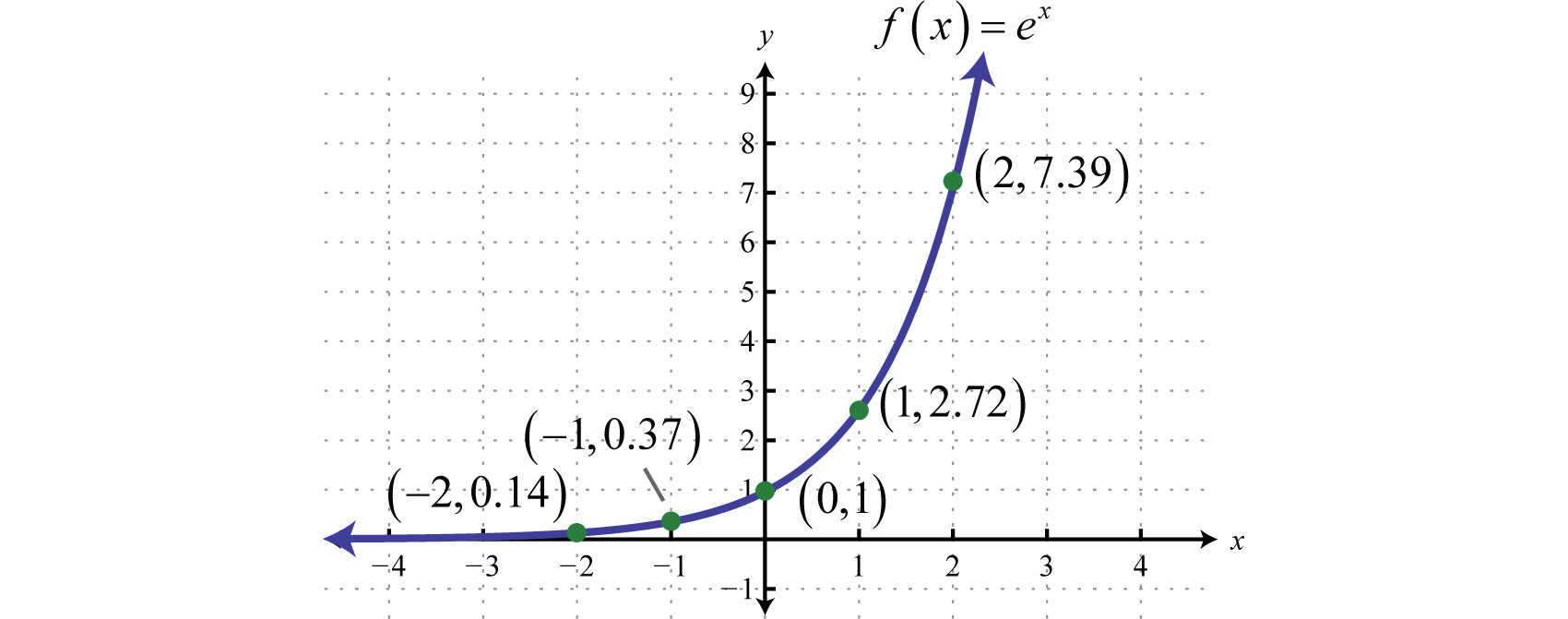 |  |
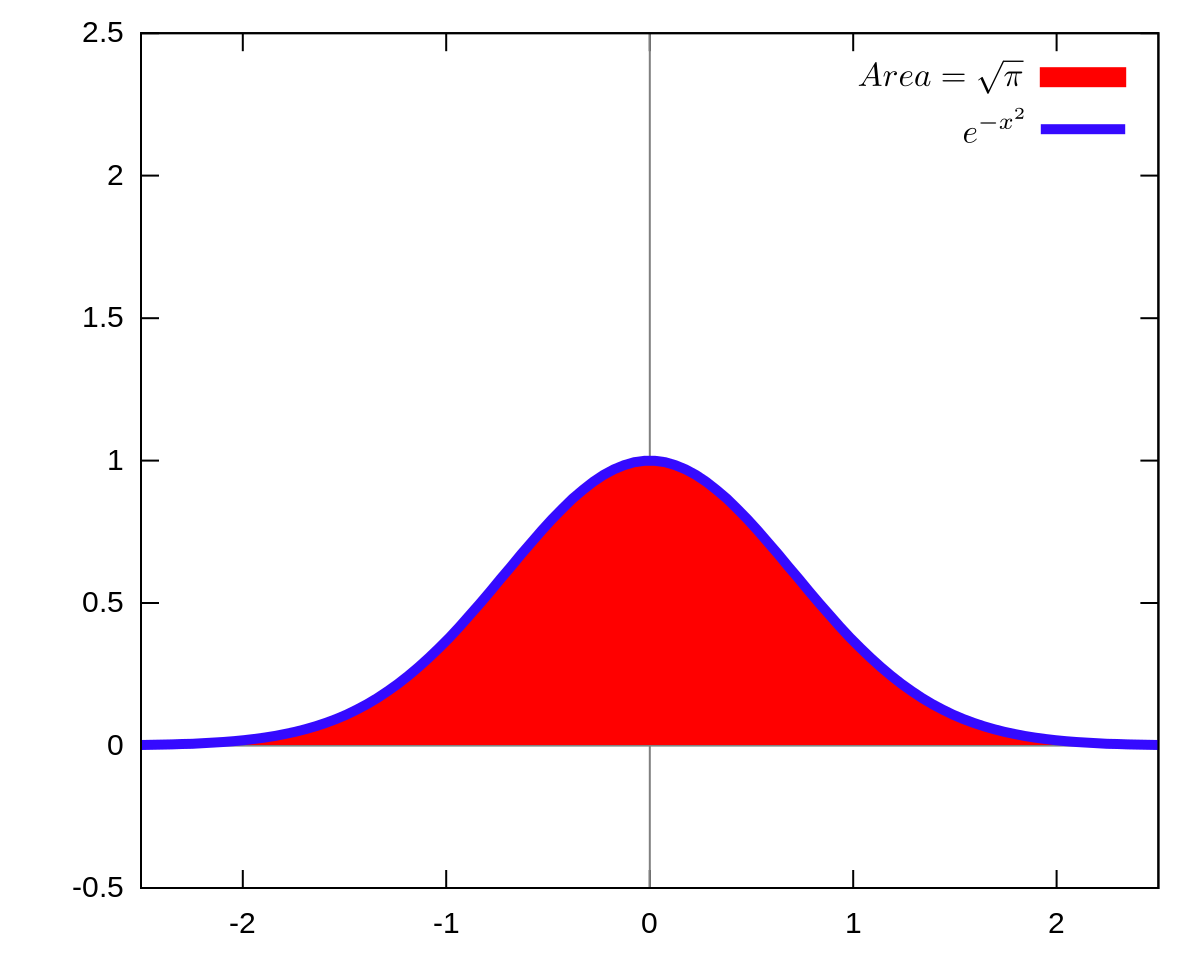 |  |  |
 |  | |
「Y=e^x-1」の画像ギャラリー、詳細は各画像をクリックしてください。
 |  | |
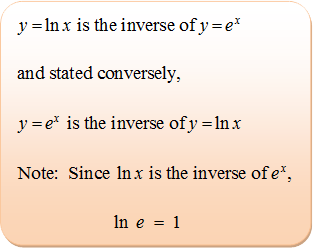 |  |  |
 |  |  |
「Y=e^x-1」の画像ギャラリー、詳細は各画像をクリックしてください。
 | ||
 |  | 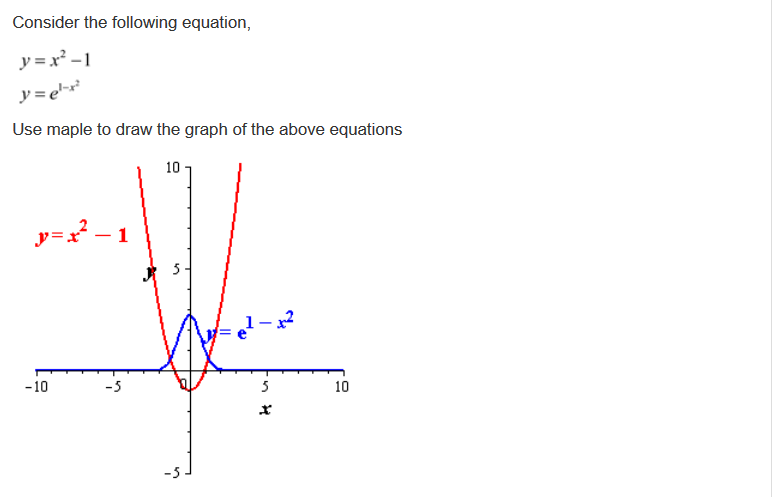 |
 |  | 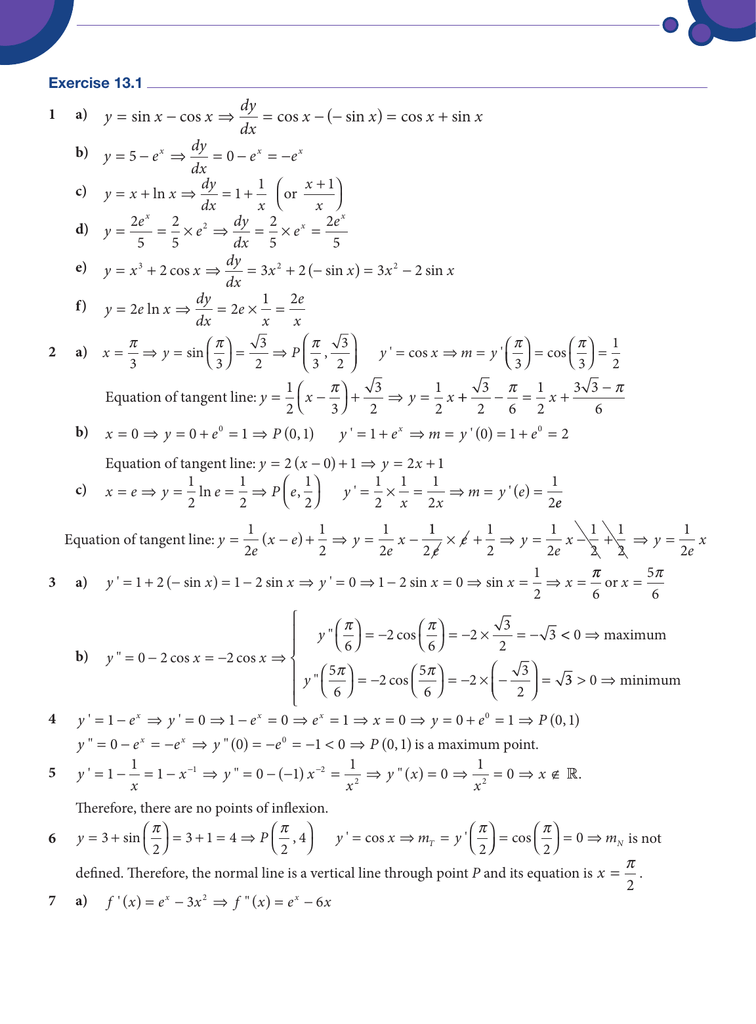 |
「Y=e^x-1」の画像ギャラリー、詳細は各画像をクリックしてください。
 |  | |
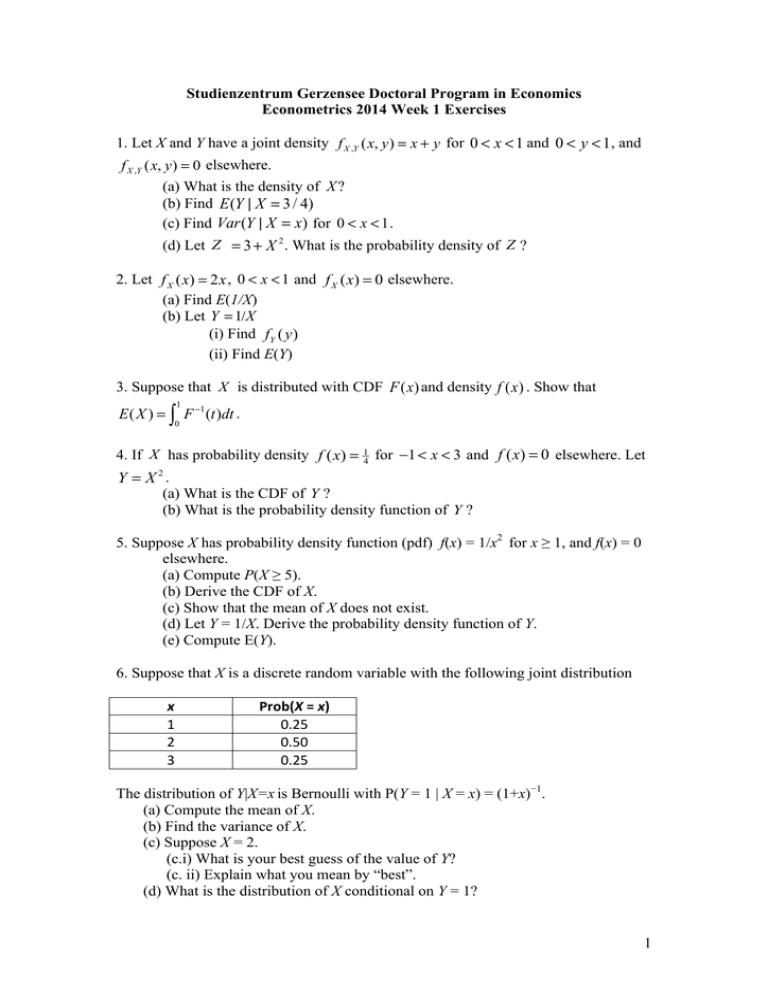 |  | |
 |  | 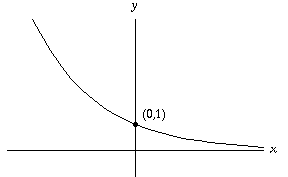 |
「Y=e^x-1」の画像ギャラリー、詳細は各画像をクリックしてください。
 | ||
 |  | |
 |  | |
「Y=e^x-1」の画像ギャラリー、詳細は各画像をクリックしてください。
 |  | |
 | 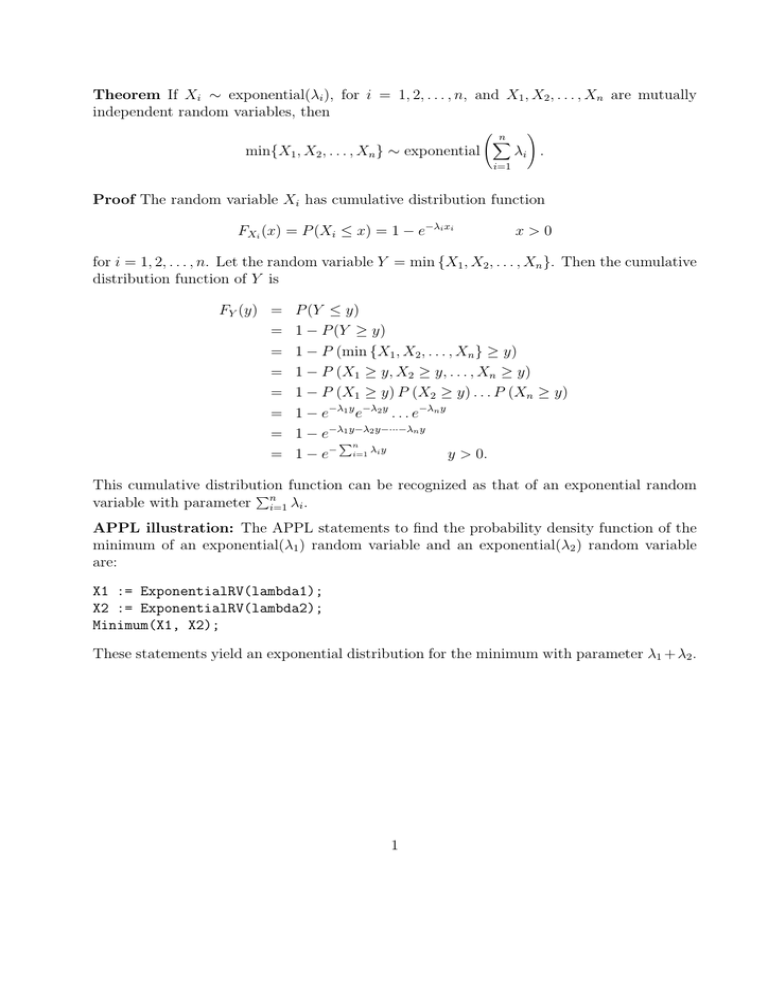 |  |
 |  | |
「Y=e^x-1」の画像ギャラリー、詳細は各画像をクリックしてください。
 |  |  |
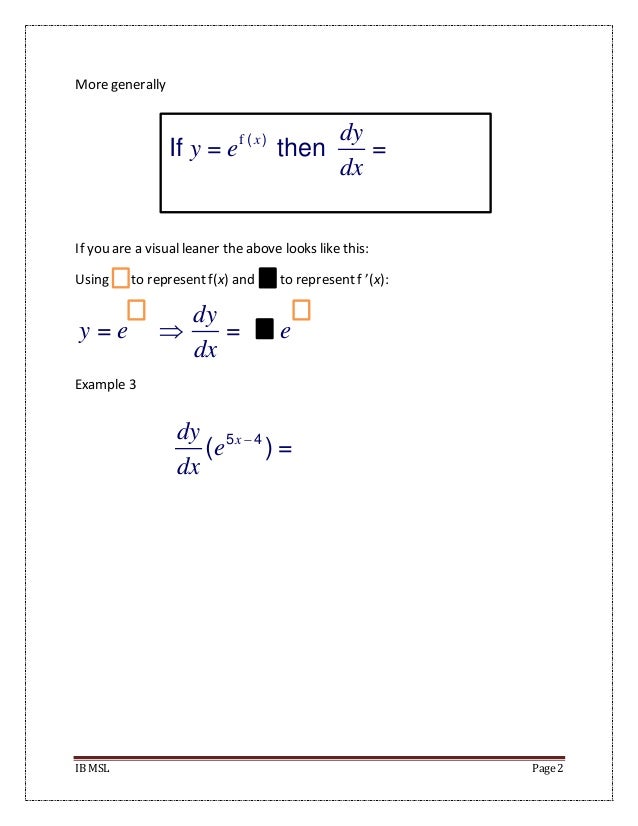 |
Integrate once more to get y F Y ( t) = P ( Y ≤ t) = P ( 1 / X ≤ t) = P ( X ≥ 1 / t) = 1 − P ( X ≤ 1 / t) = 1 − 1 / t 2, for t in the support of Y Then, by differentiation, the PDF of Y is f Y ( t) = 2 t − 3, as you say Finally, E ( Y) = ∫ 1 ∞ 2 t − 3 d t = 2 Some of this is in your Question, and some is in
Incoming Term: y=e^x-1, y=e^-x-10, y=3^x+1, y=4/x-1, y=x^3+1 graph, y-3=2(x+1), y-2=3(x-1) graph, y=x+4/x+14, y+4=-2(x-1), e^y-x dy/dx=1,




No comments:
Post a Comment